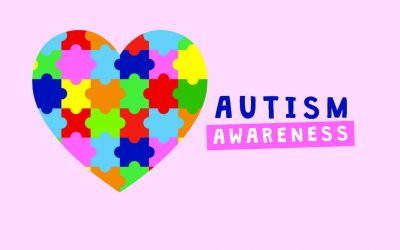Related Autism Spectrum Disorders: Early Detection, Intervention, Education, And Psychopharmacological Management
Bryson SE, Rogers SJ, Fombonne E.
Departments of Pediatrics and Psychology, IWK Health Centre, Dalhousie University, Halifax, Nova Scotia. Susan.Bryson@iwk.nshealth.ca
Our understanding and treatment of children with autism have changed dramatically since Leo Kanner first formally documented the disorder in 1943. With reference to the historical context, this paper reviews recent research addressing 4 major issues: early detection, intervention, education, and psychopharmacological management of children with autism and related (autistic) spectrum disorders (hereafter, “autism”).
We conclude from our review of the evidence that, in the absence of
additional, more compelling data, the clinical usefulness of existing
screening instruments remains questionable.
However, the potential importance of such research is underscored by
the clear benefits of early behavioural intervention: despite differences in
orientation, outcomes for children with autism can be significantly enhanced
with early intensive intervention. Although many questions remain (notably,
what are the critical therapeutic components? For whom? For what domains of
development for what level of intensity and duration?), interventions shown to
be effective are all carefully planned, engineered, monitored, and designed
to target specific skill domains. Including children with autism in regular
classes within the public school system poses several challenges, the most
pressing of which is the large number of school personnel who need to be
trained in evidence-based teaching and behavioural management practices.
Finally, psychotropic drugs may help to reduce some symptoms, but they are
neither curative nor a substitute for other forms of support and
intervention.
PMID: 14574826 [PubMed – in process]
* * *
Genetic and Neurodevelopmental Influences In Autistic Disorder.
Can J Psychiatry. 2003 Sep;48(8):526-37.
http://www.ncbi.nlm.nih.gov/entrez/query.fcgi?cmd=Retrieve&db=PubMed&list_ui
ds=14574828&dopt=Abstract
Nicolson R, Szatmari P.
Department of Psychiatry, University of Western Ontario, London, Ontario.
Rnicolso@uwo.ca
OBJECTIVE: In the past, autism was considered to be largely
psychogenic. However, research in the last 2 decades indicates that autism
is largely caused by genetic factors that lead to abnormal brain
development. This article reviews research into the genetic and
neurodevelopmental factors underlying autism.
METHODS: We review the findings from genetic and brain-imaging studies
of autism over the past 15 years and synthesize these findings as a guide
for future research.
RESULTS: Genome scans and association studies have suggested potential
genomic regions and genes, respectively, that may be involved in the
etiology of autism, and there have been some replications of these results.
Similarly, the findings that brain volume is exaggerated in autism and
corpus callosum size is reduced have also been independently replicated.
Unfortunately, studies of other subcortical structures remain inconclusive
or contradictory.
CONCLUSIONS: Overwhelming evidence now supports a neurobiological
basis for autism. However, further refinements will be needed to guide
future studies, particularly to identify the most informative phenotypes to
investigate. Additionally, studies examining the role of genetic factors in
the brain abnormalities underlying autism will likely lead to further
findings that will enhance our understanding of autism’s causes.
PMID: 14574828 [PubMed – in process]
E-Mail zwack.peter@uqam.ca
Web Page http://people.sca.uqam.ca/~peter/peter_home.html


